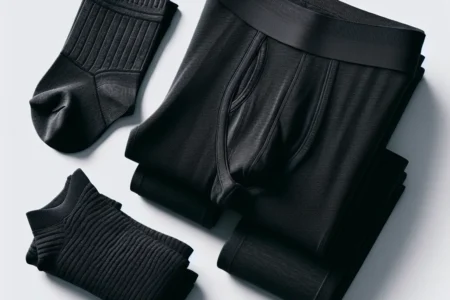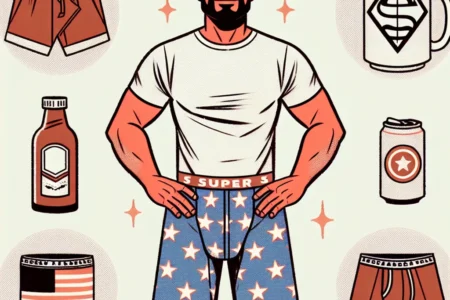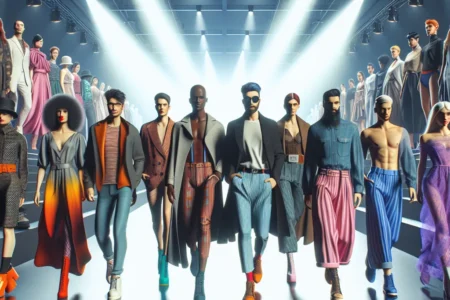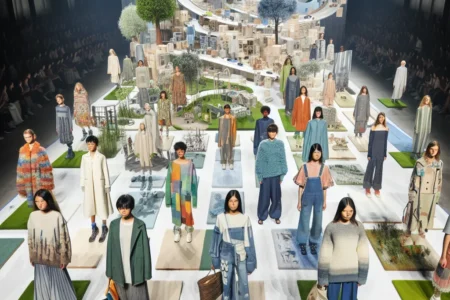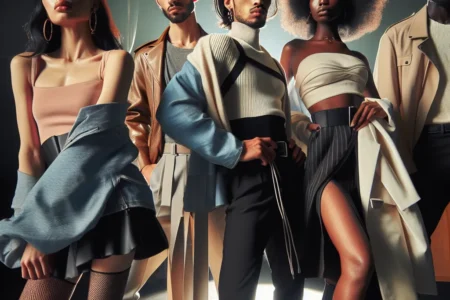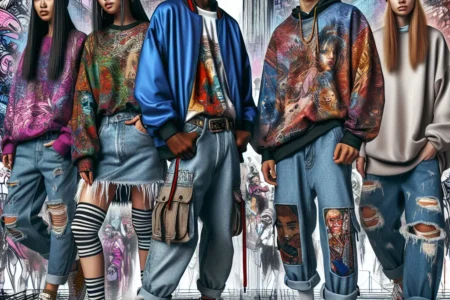The fashion industry has seen a significant shift towards the concept of slow fashion, advocating for mindful consumption, high-quality garments, and ethical production practices as an alternative to fast fashion’s rapid cycles and disposable clothing. This movement is driven by increasing consumer awareness of environmental and social impacts, pushing fashion brands to embrace sustainability. Slow fashion encourages a reevaluation of consumer behavior, promoting thoughtful purchasing choices and supporting brands aligned with sustainability values. On the other hand, the unsustainable nature of fast fashion, with its environmental degradation and exploitative labor practices, poses a pressing concern, highlighting the urgent need for a more sustainable and ethical approach in the fashion industry.

